Chimney Repair: Understanding The Chimney Protective Components
To many people, a chimney is a source of warmth. An improperly constructed fireplace can be a weak point for your home. The cool thing is that the chimney is built in such a way that it has protective components that protect it from getting damaged and causing problems to the entire house. These protective components, as given by chimney repair professionals, are:
Chimney damper
The chimney damper helps you to control the amount of air moving through the chimney. You control the air by opening or closing the damper. Dampers also prevent animals from entering the house. They also function as defense systems against precipitation when the other fireplace components fail to keep the moisture out.
There are many types of dampers with the most common ones being:
Poker dampers: They operate on a long, curved handle that grooves in them to hold the damper in place. To open the damper, lift the handle and pull or push to move the damper to its desired position. Once the damper is in place, replace the handle.
Rotary dampers: From their name, rotary dampers work on a rotating system with long, screw-like rods that move the damper. To open the damper, rotate the key to the left or right.
Pivot damper: Pivot dampers operate on a long, jointed handle. To open the damper, lift the handle.
Chimney crown
The chimney crown rests at the top of the chimney, where it protects the top layers of bricks from premature wear and tear brought about by weathering. The crown is made from mortar or concrete and applied to the topmost layers of the bricks on the chimney.
Properly installed chimney crowns protect the chimney from damage brought about by rain, wind, and even snow. For you to keep the crown in top shape, regularly inspect it for any signs of damage.
Due to their location, chimney crowns are prone to cracking. When you ignore the damage, the crown begins crumbling, which can bring down the entire chimney.
You also should consider sealing the chimney crown during winter to prevent damage from the cold weather.
If you have had your chimney for long and the chimney crown keeps on cracking, this might be due to the advanced age. No amount of chimney crown repair will fix the problem. The only cure is to replace the crown. Ensure an experienced expert does the replacement.
Chimney cap
The chimney cap is designed to keep water, animals, and debris from entering the chimney while at the same time allowing smoke out of the fireplace. The chimney cap in most of the modern chimneys adheres to the crown of the stack, and the metal components keep water from flowing into the opening.
Chimney caps also come in handy at keeping embers from escaping the chimney. You need to regularly inspect the chimney cap from accumulated creosote that can clog up the unit if you go for a long time without removing it.
Other than creosote, leaves and other debris can clog up the chimney putting your home at the risk of fire. You can inspect, clean, and repair the chimney cap if you have the necessary skills, but if you have never done it before, hire a professional to help you out.
Chase cover
The chimney crown isn’t enough to provide your chimney with optimum protection—you need a chimney chase cover. The cover is located between the chimney crown and the roofline. The role of the cover is to direct flying fire embers and smoke from the roof, thus protecting your home from fire damage.
The chase is made from wood, brick, metal, vinyl, or any other of your preferred materials. The chase cover, on the other hand, is made from copper, aluminum, or steel and comes in a rectangular or square shape that snugly fits on the chase, keeping water out.
The life of the covers depends on the material they are made from. Covers made from galvanized steel rust quickly, and you have to hire chimney contractors Annapolis to replace them every five years. Copper and stainless steel covers can last for a lifetime as long as you take good care of them, and they aren’t damaged by severe weather.
This post first appeared on https://www.firstclasschimneyservices.com

 Nothing beats a
Nothing beats a  Hardwoods such as alder, beech, hickory and maple are denser and burn longer and hotter than softwoods like cedar, juniper, pine and redwood. If you want a shorter, less-intense fire, go with softwoods. For longer-lasting, heat-heavy fires, hardwoods are ideal.
Hardwoods such as alder, beech, hickory and maple are denser and burn longer and hotter than softwoods like cedar, juniper, pine and redwood. If you want a shorter, less-intense fire, go with softwoods. For longer-lasting, heat-heavy fires, hardwoods are ideal.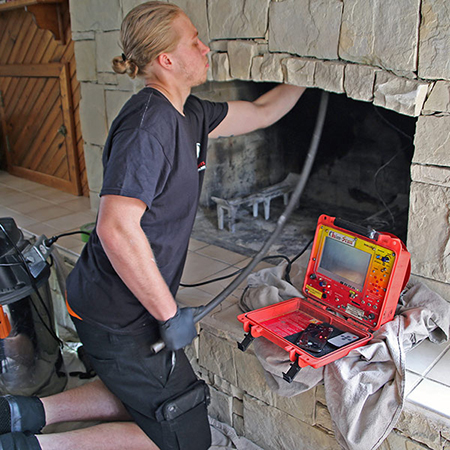 Is your fireplace safe to operate? There is no way to know for sure without a
Is your fireplace safe to operate? There is no way to know for sure without a 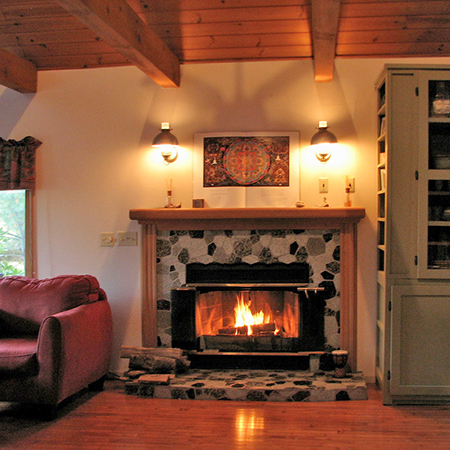 An easy and safe way to start the fire is to stack your logs in the fireplace. Add your kindling on the top layer of the logs. For kindling, use old newspapers, or dry twigs. You can also use some scraps of soft wood pieces like cedar, fir, or pine. Strike a good quality fireplace match to light the kindling. You should never use chemical fire accelerants to jump-start your logs. The fumes in flammable liquids such as gasoline, lighter fluid, and kerosene can ignite combustible materials surrounding your fireplace.
An easy and safe way to start the fire is to stack your logs in the fireplace. Add your kindling on the top layer of the logs. For kindling, use old newspapers, or dry twigs. You can also use some scraps of soft wood pieces like cedar, fir, or pine. Strike a good quality fireplace match to light the kindling. You should never use chemical fire accelerants to jump-start your logs. The fumes in flammable liquids such as gasoline, lighter fluid, and kerosene can ignite combustible materials surrounding your fireplace.

 While your chimney may appear to be in good condition, homeowners shouldn’t wait until they happen to notice a problem with the chimney. Many exterior chimney issues start gradually making it noticeable only upon closer inspection. Some problems commonly occur on or near the chimney crown and in other areas that may be hidden from view. Also, a few cracked or broken bricks may not seem dangerous, but a trained chimney professional knows that it can lead to health, safety, and structural issues. That’s why these four exterior chimney problems shouldn’t be ignored.
While your chimney may appear to be in good condition, homeowners shouldn’t wait until they happen to notice a problem with the chimney. Many exterior chimney issues start gradually making it noticeable only upon closer inspection. Some problems commonly occur on or near the chimney crown and in other areas that may be hidden from view. Also, a few cracked or broken bricks may not seem dangerous, but a trained chimney professional knows that it can lead to health, safety, and structural issues. That’s why these four exterior chimney problems shouldn’t be ignored. The flashing is a thin metal strip that provides a waterproof seal along the seam where the chimney meets the roof. One sign of a problem with the flashing is noticing water leaks on the ceiling above your fireplace. It occurs when the
The flashing is a thin metal strip that provides a waterproof seal along the seam where the chimney meets the roof. One sign of a problem with the flashing is noticing water leaks on the ceiling above your fireplace. It occurs when the 
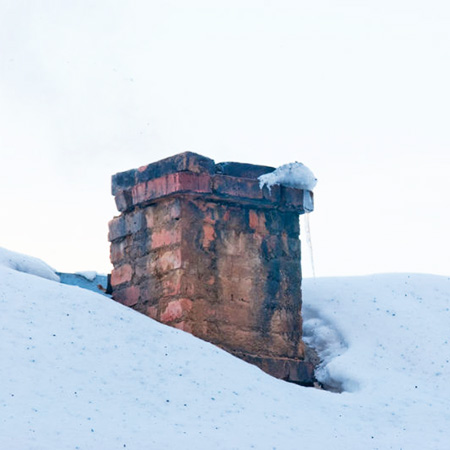 During the cold winter months, many homeowners are lighting up their fireplaces to stay warm while keeping their energy costs down. For many households, it’s as common as making a cup of coffee. But just like we feel the difference when temperatures fluctuate, these changing temperatures influence your chimney too.
During the cold winter months, many homeowners are lighting up their fireplaces to stay warm while keeping their energy costs down. For many households, it’s as common as making a cup of coffee. But just like we feel the difference when temperatures fluctuate, these changing temperatures influence your chimney too.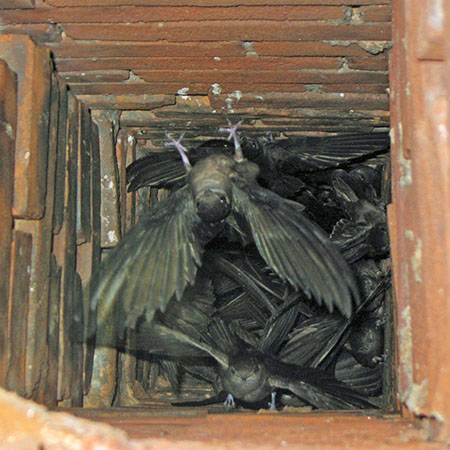 When the temperature drops and gets very cold, especially below freezing, small animals like birds, squirrels, and other critters will see your chimney as an inviting place to escape the bad weather. Once inside, they become trapped and block the flue. These obstructions prevent toxic fumes from venting, forcing smoke and carbon monoxide into your home. Installing a chimney cap with a mesh screen will help prevent small animals and pests from getting into the flue.
When the temperature drops and gets very cold, especially below freezing, small animals like birds, squirrels, and other critters will see your chimney as an inviting place to escape the bad weather. Once inside, they become trapped and block the flue. These obstructions prevent toxic fumes from venting, forcing smoke and carbon monoxide into your home. Installing a chimney cap with a mesh screen will help prevent small animals and pests from getting into the flue.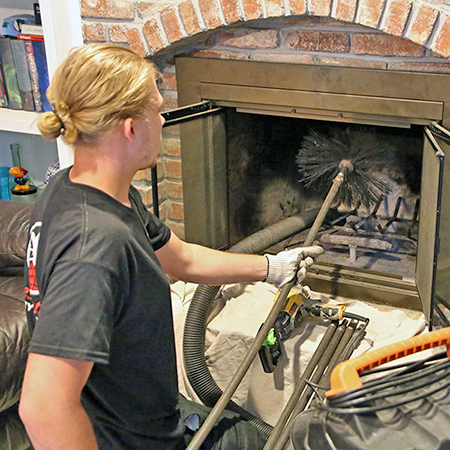 Scheduling an annual chimney inspection and cleaning is essential for keeping your home and family safe when using a fireplace or heating stove. The National Fire Protection Association, along with other fire safety experts, encourage all homeowners to have an annual chimney inspection and sweep. Even if you are no longer using the fireplace or chimney, an inspection is still recommended to maintain the structural integrity of the chimney and your home. But before you hire a chimney inspector or
Scheduling an annual chimney inspection and cleaning is essential for keeping your home and family safe when using a fireplace or heating stove. The National Fire Protection Association, along with other fire safety experts, encourage all homeowners to have an annual chimney inspection and sweep. Even if you are no longer using the fireplace or chimney, an inspection is still recommended to maintain the structural integrity of the chimney and your home. But before you hire a chimney inspector or 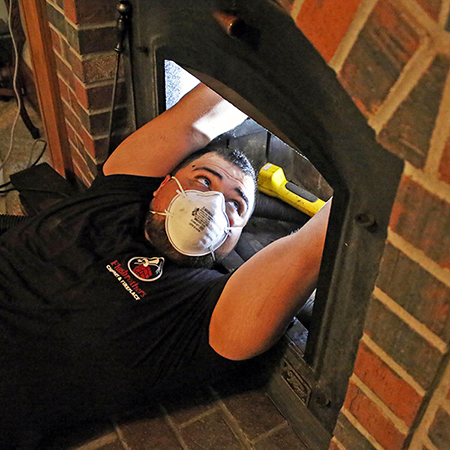 You will want to know if the service provider you hire will be performing a
You will want to know if the service provider you hire will be performing a